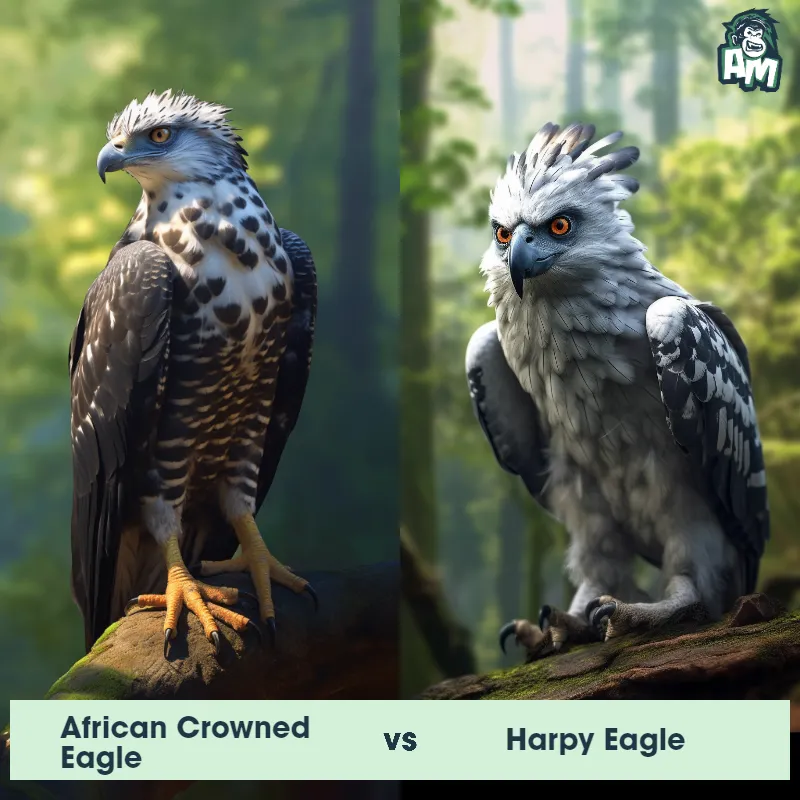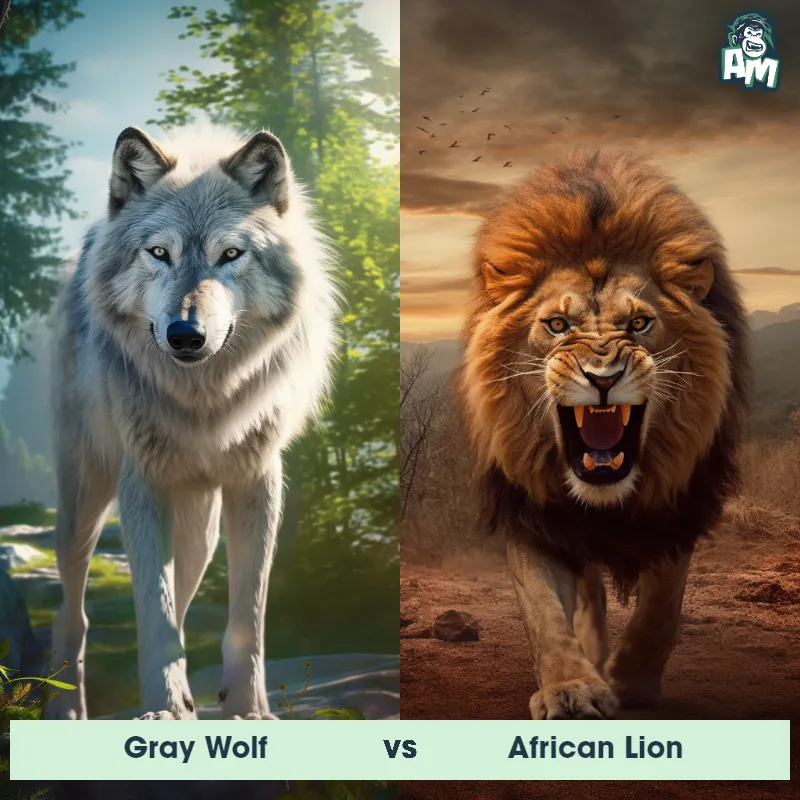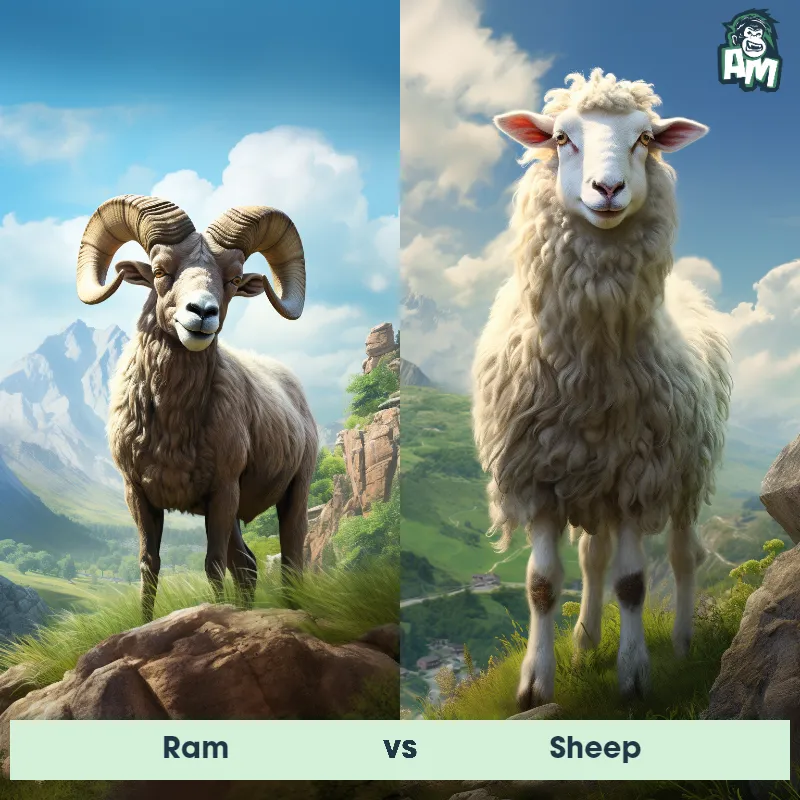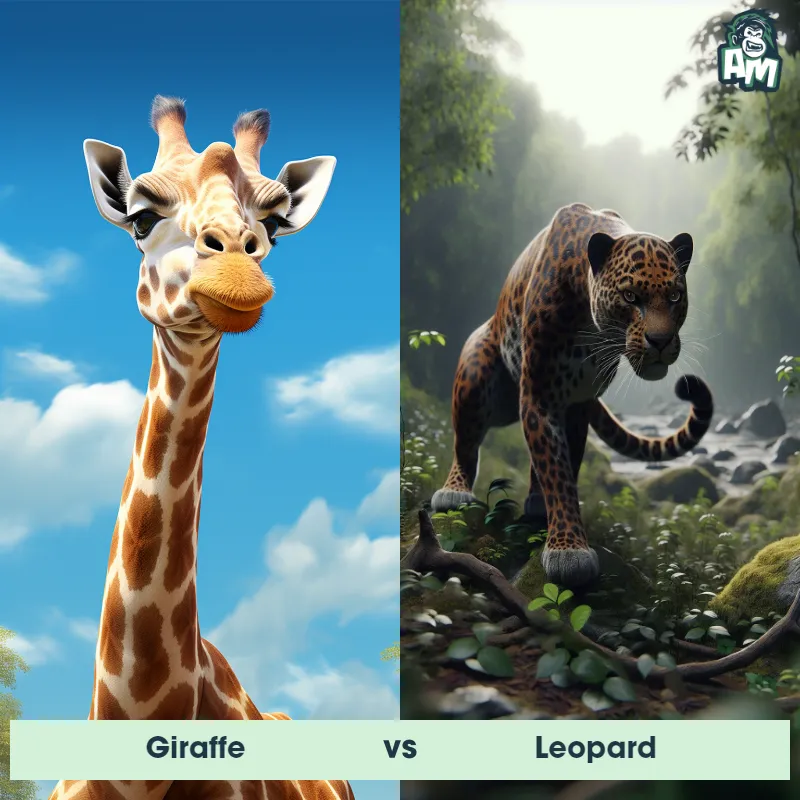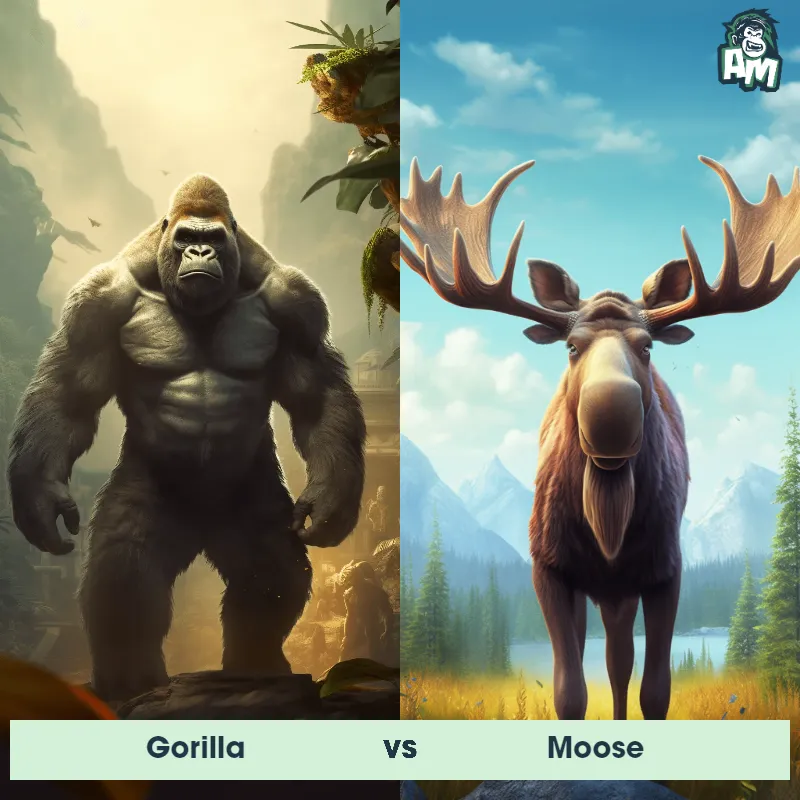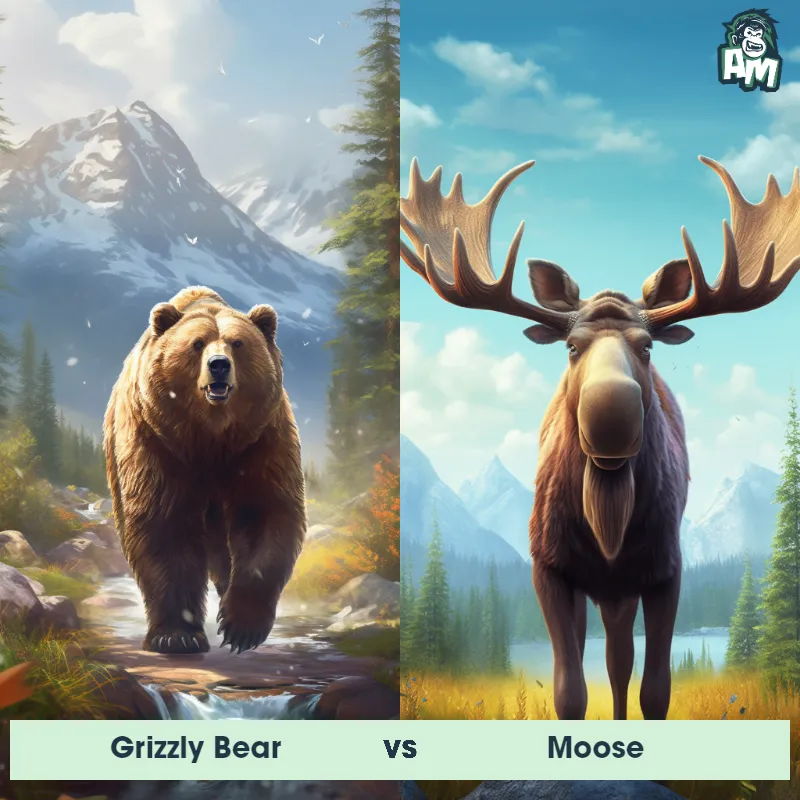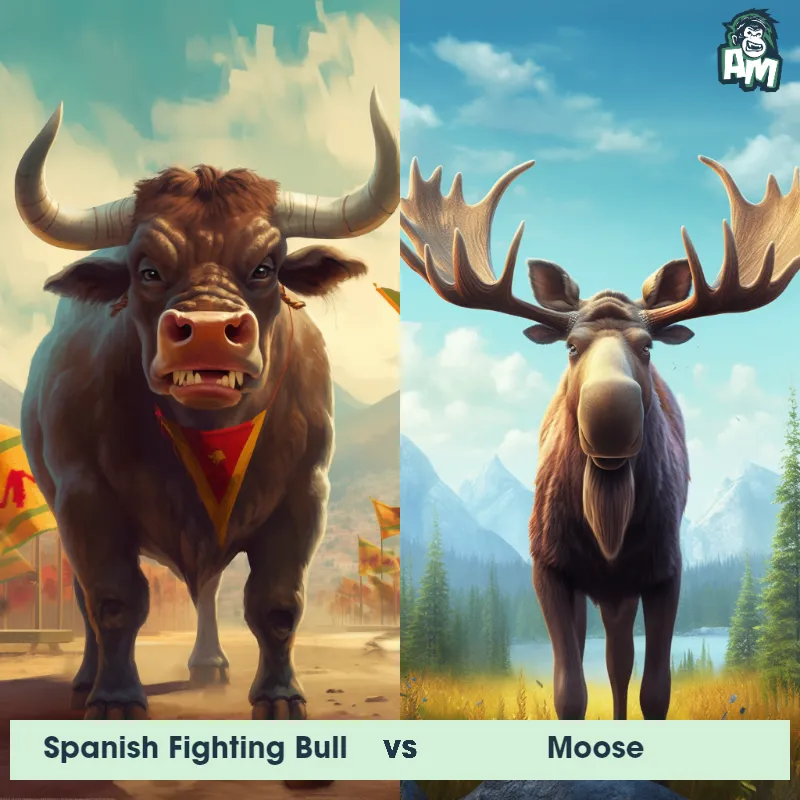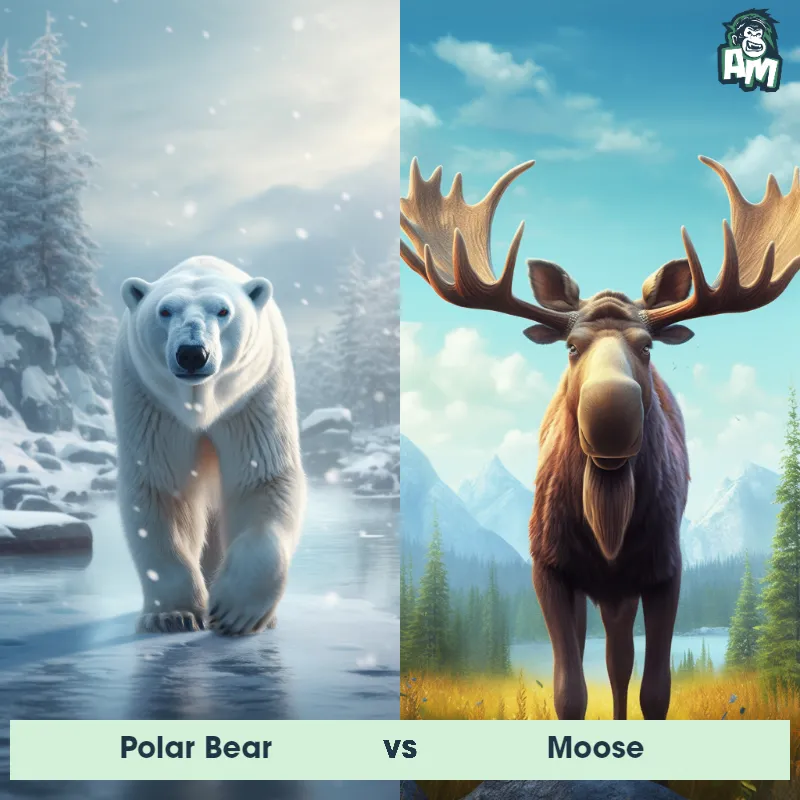Fallow Deer vs TigerSee Who Wins

Welcome to the epic showdown between a Fallow Deer and a Tiger! Both animals are fierce predators in their own right, and they are about to go head to head in three rounds of intense combat. Let's see who comes out on top in this battle of strength and agility.
Contender 1: Fallow Deer
Fallow Deer, scientifically known as Dama dama, are medium-sized deer species native to Mediterranean regions of Europe, Asia Minor, and North Africa. They are characterized by their distinctive coloration, with a coat that varies from light brown to dark black, and their white-spotted back. Another key feature is their palmate antlers, which are flattened and shaped like a hand. Fallow Deer are known for their agility and graceful running, reaching speeds of up to 30 miles per hour. They are herbivores, mainly feeding on grass, leaves, and buds.
Fun Fact: Fallow Deer exhibit a phenomenon known as "lekking," where the males gather in an area called a lek during mating season and engage in elaborate displays to attract mates, often including vigorous fights with rivals.
Contender 2: Tiger
The Tiger is a large and powerful big cat, known for its distinct orange coat patterned with black stripes, which are unique to each individual, much like a human fingerprint. Tigers have a muscular build, a heavy head with strong jaws, and a tail that is usually about half the length of their body. The largest species of the cat family, adult male tigers can reach up to 10 feet in length and weigh up to 660 pounds. Tigers are native to various parts of Asia and are adept swimmers, unlike most members of the cat family.
Fun Fact: Tigers are apex predators and primarily consume larger mammals for food, including deer and wild boar; a hungry tiger can eat as much as 60 pounds in one night.
Matchup Stats
| Fallow Deer | Tiger | |
|---|---|---|
| Size | 3-3.9 feet (0.9-1.2 meters) at the shoulder | Up to 10 feet in length (3.05 meters) |
| Weight | 88-198 pounds (40-90 kilograms) | Up to 660 pounds (300 kilograms) |
| Speed | 37mph (60km/h) | 35-40mph (56-64km/h) |
| Key Strength | Antlers for defense and dominance | Strong jaws and muscular build |
| Biggest Weakness | Lack of aggression compared to other deer species | Limited endurance for long chases |
Current Votes
Fallow Deer vs Tiger
See Who Wins
View More Matches
Looking For More?
Similar Matches
Scientific Stats
| Fallow Deer | Tiger | |
|---|---|---|
| Scientific Name | Dama dama | Panthera tigris |
| Family | Cervidae | Felidae |
| Habitat | Forests, woodlands, grasslands | Forests, grasslands, and swamps |
| Geography | Found in Mediterranean regions of Europe, Asia Minor, and North Africa | Asia |
| Diet | Grass, leaves, buds | Carnivorous, primarily deer and wild boar |
| Lifespan | 10 years - 16 years | 15 years - 26 years |
Key Differences between Fallow Deer and Tiger
- Size: The Fallow Deer is a medium-sized ungulate with males weighing between 130-220 pounds and standing up to 3.6 feet tall at the shoulder, while Tigers are significantly larger, with males weighing between 220-660 pounds and standing up to 3.9 feet tall at the shoulder.
- Antlers/Stripes: Male Fallow Deer have antlers that are broad and flat, whereas Tigers do not have antlers but instead have dark stripes that run vertically across their body.
- Color: Fallow Deer are known for their spotted coat that can range in color from light brown to white, whereas Tigers have a distinct orange coat with black stripes that help with camouflage in their natural habitat.
- Habitat: Fallow Deer are primarily found in forests and woodlands throughout Europe and Asia, while Tigers inhabit a wide range of ecosystems including jungles, mangrove swamps, and grasslands in Asia.
- Behavior: Fallow Deer are known for their shy and elusive nature, often seen in small herds grazing on vegetation, while Tigers are solitary predators that rely on stealth and agility to hunt for their prey.
- Tail: Fallow Deer have a bushy white tail that they raise when alarmed, while Tigers have a long tail with black rings that helps with balance and communication.





